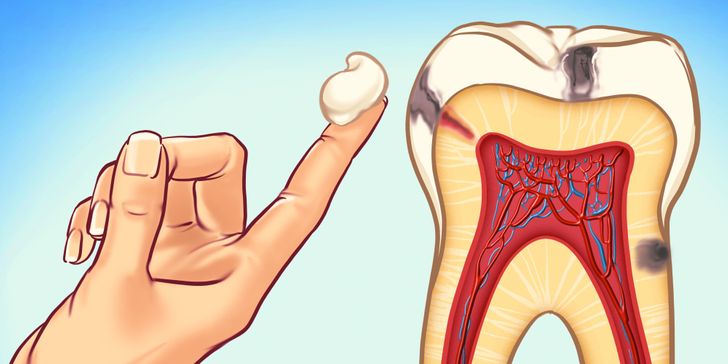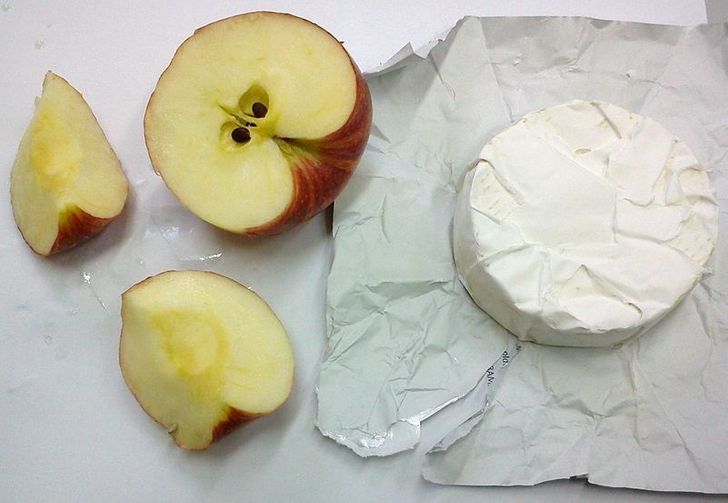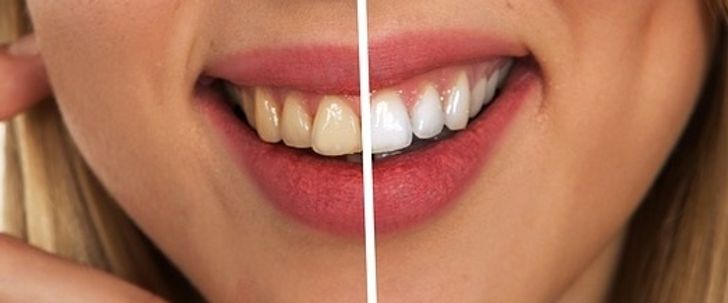Website content extracted from: https://blog.caregiverasia.com/3-simple-diet-tips-to-live-healthy-after-youve-had-a-stroke?fbclid=IwAR2kfyjGxQX7KmSAJKrSjF-gJCjSVDnC11LsEi3Vpq9xDoNYwEvFk8QBscI
In Singapore, deaths from stroke are increasing every year, and those affected by stroke are getting younger (1 in 4 patients hospitalised for stroke in 2017 were aged under 60 years). Did you know that there are 26 new stroke cases in Singapore every day? If you are not eating and drinking well after your stroke, you are more likely to be readmitted to the hospital for complications and you may take longer to recover than before. Therefore, it's important to eat well after a stroke. Positive changes from the diet will help you to regain your strength and energy faster in the recovery process, which will last through your rehabilitative treatments.
Post Stroke Goals
Prevent the recurrence of another stroke.
- A balanced diet, with adequate protein, calories and good hydration
- Maintain healthy readings for your Blood Sugar, Cholesterol and Blood Fats
- Get back to being as independent as possible
Tip 1 - All About the Carbs
Fun fact! People with diabetes are more likely to get a stroke than those without. Therefore, choosing the right type of carbohydrates matters! Here are some tips:
- Have wholemeal bread, brown rice, whole grain noodles, pasta and oatmeal.
- Eat less refined grains such as white rice, pastry and sweetened breakfast cereals.
- Eat more fruits and vegetables such as spinach, kangkong, chye sim, nai bai, capsicum, eggplant, bitter gourd, broccoli and cauliflower
- Drink less sugary drinks like bubble milk tea, milkshake, flavoured coffee drinks, energy drinks.
- Limit canned fruit with syrup, dried fruit coated with sugar/honey/juice concentrates, fruit juice, preserved fruits.
Tip 2 - Not All Fats Are The Same
High saturated and trans fat foods can increase one’s risk of stroke when our cholesterol level gets too high. Limit:
- Fatty meats (pork/mutton/beef)
- Skin and fat on chicken/duck
- Canned or processed meats (sausage/salami/luncheon meat)
- Deep fried foods
- Full cream milk and dairy products
- Coconut milk/oil and coconut products
- Foods containing butter, palm oil, ghee or lard
- Potato chips, cookies and cakes
- Margarine and shortenings
- Shellfish
- Organ meat
Tip 3 - This Tastes Salty
Limit foods with added salt, as excess sodium in the body ( found in salt and salty foods) elevates blood pressure and may put you at risk of another stroke.
- Foods such as soups and gravies prepared outside, canned foods, preserved and processed foods such as hot dogs, luncheon meat, stock cubes, seasonings and sauces are high in sodium and should be reduced.
- When cooking at home, use natural spices and seasonings such as lemon juice, pepper, shallots, onions, garlic and parsley instead of using table salt.
- Avoid pickles, sambal belachan or chutneys with your meals.
- Minimize the number of times you eat out as most food sold outside is high in salt.
- When buying groceries, choose foods with ‘Healthier Choice’ symbol or those labeled ‘Low in Sodium’ or ‘No Added Salt’.
How Does Stroke Affect My Diet?
Dehydration
It’s important to keep taking fluids regularly because most stroke patients do not feel thirsty easily.
- Drink at least 8 to 10 cups of fluids daily. These can include water, milk, juices, soups and other drinks.
- Have hydrating jellies as a form of fluid, as these tend to be better tolerated.
- Maintain good mouth care by keeping your mouth and lips moist.
- Due to limited movement, it is common for stroke survivors to suffer from constipation. Ensure you eat plenty of hydrating snacks, fluids and consider a natural fibre supplement if you are having irregular bowel movements.
- Reduce your intake of alcohol. Alcohol can cause further dehydration.
Fatigue
Many people experience fatigue after a stroke due to the immense physical and mental changes they go through. It’s important to speak with your doctor to identify if you are experiencing fatigue and how you can manage it.
- Give yourself plenty of time to complete your tasks. Do not rush.
- Do gentle exercises and social activities with small, frequent breaks in between.
- Have a proper meal time and day routine.
Chewing and Swallowing Problems
Swallowing problems can occur due to the weakening of the tongue or loss of coordination from your tongue movements. You can cope by following these recommendations:
- Eat soft and moist foods that are easy to swallow, such as bread dipped in milk/milo, scrambled eggs, minced meat, steamed fish, yoghurt and ice cream.
- Cold foods and drinks are helpful to soothe painful ulcers.
- Serve food of the same texture. For example, when eating rice/noodles with runny soup, the soup tends to slip down the throat much faster (may cause choking). Try thickening the soup so that it's less runny and coats the rice/noodles properly.
- Have home delivered texture modified meals for yourself. Leave the hassle of blending/mincing meals and you can be assured your meals delivered are safe, well portioned and delicious.
Following these healthy eating and lifestyle tips will ultimately improve your health and reduce your risk of getting another stroke.
Do you have a loved one who needs nutritious food that is easy to chew and palatable for their taste buds? Visit CaregiverAsia's E-store to view Health Food Matters' Delisoft Easy Meals that come in different textures and can be easily served by reheating in the microwave or steamer!











